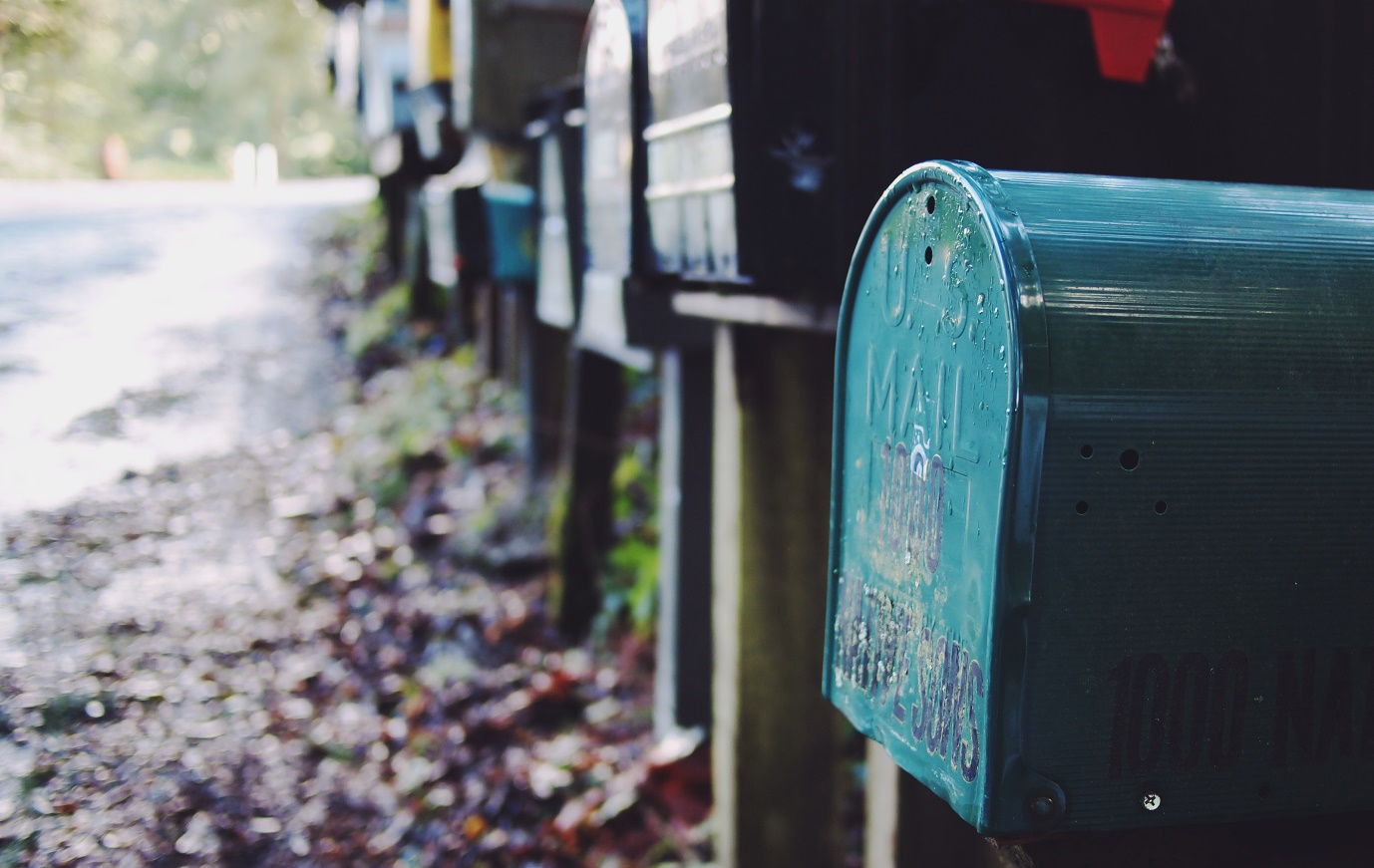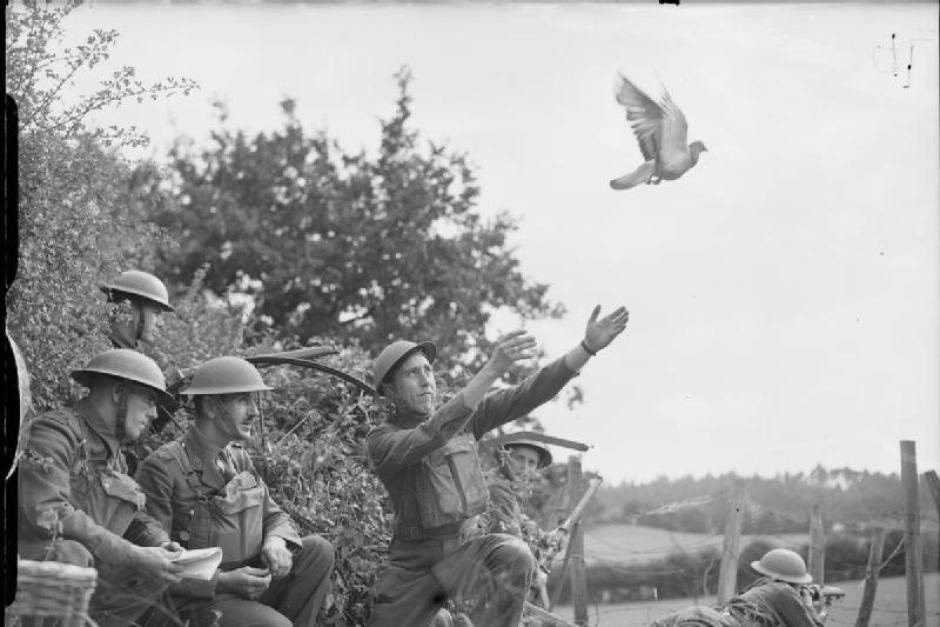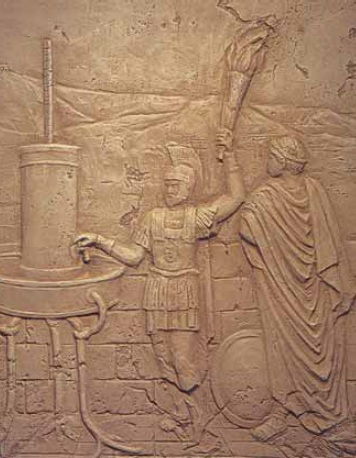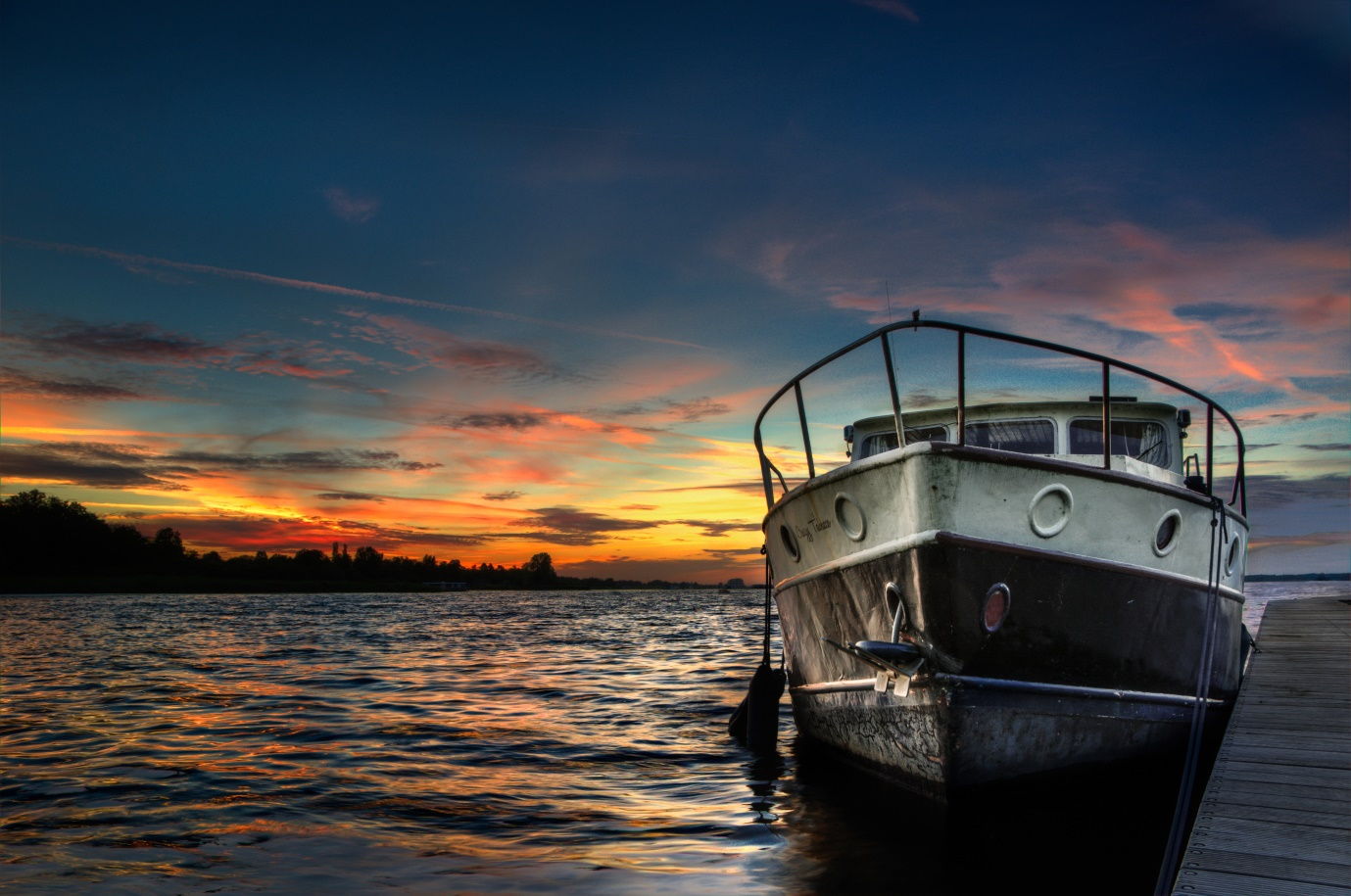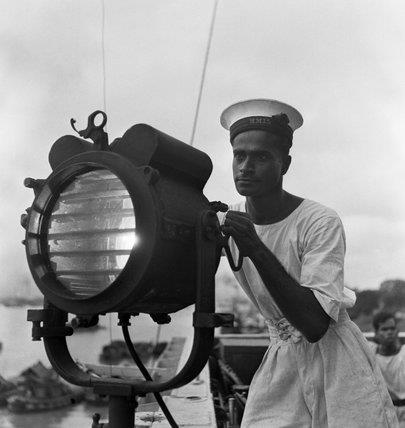6. Mail
India, owes it first mailing service of sorts to the Mauryans. The kings and the royalty, sent messengers, had carriers to send messages across. To give a glimpse into the efficiency of the system, the maharaja of Jodhpur every day, sent fresh flowers to a temple 320 km away and they always arrived before sunrise, in time for the first “darshan” of the day.
7. Pigeon
The most glorified means to communicate, ever. A re-run of all the Bollywood movies with a love theme, will leave you convinced that Bollywood has something against letter writing and telephoning. That being said, pigeons have been used to deliver messages even in WWI and that alone speaks for their reliance.
8. Hydraulic Telegraph
As dry and uninteresting as the name sounds, the device in itself is a beauty beyond comprehension. Two containers on different hills, with no connection between them but water in them and a vertical rod in the middle that had different codes inscribed upon it, make up the device.
Now, when a message had to be relayed, the guard would flash his torch to the guard on the other side and would let the water flow till the water level would reach the desired code on the rod and then would switch the torch off, signalling to the other guard to do the same and decipher the message.
9. Maritime Semaphores
Basically, flags. When on seas, a ship’s colours, meaning, flag would at times determine if it’s going to sink or sail. Ensigns, jacks, distinguishing marks, rank flags all would convey a thing or two that would make a difference. For example, a lowered ensign of the ship would mean that the ship has surrendered.
10. Signal Lamps
Cecil Beaton portrait of an Indian naval rating operating a signal lamp on the sloop SUTLEJ at the Royal Indian Naval Station at Calcutta, 1944.
Lamps which communicate with a pulse of light, well back then, using a mirror’s reflecting properties and angles to deliver the message and then, later it took the help of Morse code. Dots and dashes started getting transmitted through the pulses of light. These days, infrared lamps are used as the risk of detection is much less.
The beauty lies in the practical application of age old inventions. These might not be seen, heard of or even remembered by the world now. But, should the circumstance demand, these methods would still splendidly save the day.
Comments
Powered by Facebook Comments


